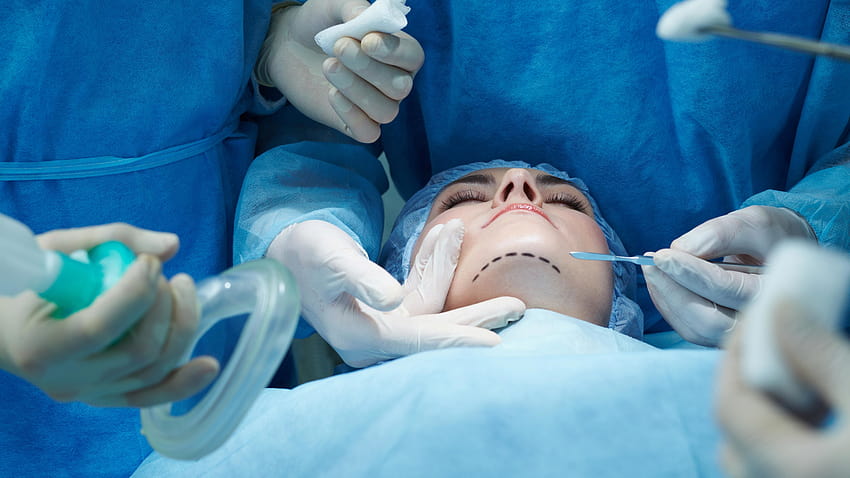
FAQ About Plastic Surgery
Plastic Surgery
2 years ago | gizem
What are the risks of getting a tummy tuck?
Like any surgical procedure, a tummy tuck, also known as abdominoplasty, carries certain risks and potential complications. While complications are relatively rare, it's important to be aware of the potential risks involved. Here are some of the possible risks associated with a tummy tuck:
- Bleeding: Excessive bleeding during or after the surgery is a potential risk. While measures are taken during the procedure to minimize bleeding, it is possible to experience post-operative bleeding that may require medical attention or additional surgery.
- Infection: Infection is a risk associated with any surgical procedure. Following proper hygiene and taking prescribed antibiotics can help reduce the risk of infection. Signs of infection may include fever, excessive redness, swelling, or discharge at the incision site.
- Poor Wound Healing: Some individuals may experience delayed wound healing or wound separation after a tummy tuck. This can happen due to various factors, such as inadequate blood supply, excessive tension on the incision, or underlying medical conditions. Proper wound care and follow-up with your surgeon can help minimize this risk.
- Scarring: While a tummy tuck procedure involves surgical incisions, skilled surgeons aim to minimize scarring. However, it's important to note that some scarring is inevitable. The location and extent of scarring will depend on the surgical technique used. Scars will typically fade and become less noticeable over time but may still be visible.
- Seroma or Fluid Accumulation: Seroma refers to the accumulation of fluid under the skin, which can occur after a tummy tuck. Drains are often placed during surgery to minimize the risk of seroma. If a seroma develops, it may require drainage with a needle or a drain placement for a period of time.
- Numbness or Altered Sensation: Following a tummy tuck, some individuals may experience temporary or permanent numbness or altered sensation in the abdominal area. This can occur due to nerve damage or disruption during the surgery. Sensation typically improves over time but may not fully return to normal in all cases.
- Blood Clots: There is a risk of developing blood clots, known as deep vein thrombosis (DVT), after any surgical procedure. Proper measures such as early mobilization, leg exercises, and the use of compression stockings or blood thinners may be recommended to minimize this risk.
- Anesthesia Risks: General anesthesia or sedation used during the procedure carries its own set of risks. These risks can include reactions to anesthesia, respiratory issues, or cardiovascular complications. An anesthesiologist or qualified anesthesia provider will monitor you throughout the procedure to minimize these risks.
